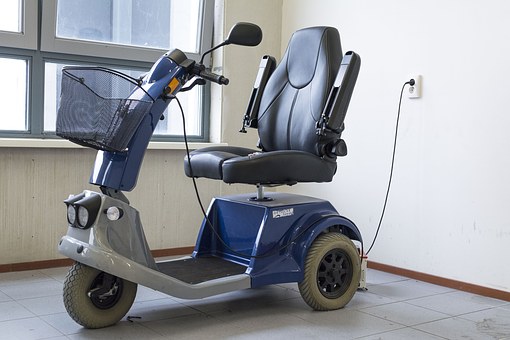Pressure sores, also called bedsores or pressure ulcers, are common among seniors or those with limited mobility. The elderly are especially at risk because of their thinner, more fragile skin and age-related mobility restrictions. But common as they may be, pressure sores are not something to take lightly.
Pressure sores are more than just a simple sore – they can be very dangerous and even deadly if they are left undiscovered and untreated. Fortunately, prevention is straightforward and much easier than treatment. Caregivers can follow these seven simple steps and preventative measures to keep pressure sores from afflicting their patients or loved ones.
Do a daily routine check
Every single day perform a thorough check for bedsores, paying special attention to more vulnerable areas. These vulnerable areas are where the bone is more prominent, with less muscle and fat between it and the skin. They include the shoulder blades, elbows, tailbone, hips, heels, and knees.
Change positions often
When pressure is placed on a specific area for a prolonged period of time, blood flow can be inhibited. This prevents the area from receiving necessary nutrients and oxygen and can cause the death of the tissue. If your loved one is bedridden, have them switch positions frequently to avoid prolonged pressure, especially in the vulnerable areas mentioned above. If they are in a wheelchair, they should shift positions every 15-20 minutes.
Maintain cleanliness
Keeping the body clean can also help keep pressure sores at bay. Avoid scrubbing hard, however, and limit baths and showers to every other day to avoid drying out the skin. Use mild soaps and apply moisturizing cream or lotion every day.
Use pressure-reducing aids
Placing pillows between the vulnerable parts of the body that come in contact with the bed or other parts of the body can help prevent bed sores as well. Another effective way to prevent pressure sores is by using a pressure-reducing mattress.
Exercise
Even those who are bedridden can perform simple exercises that will promote blood flow and reduce the occurrence of pressure sores. Focus on one muscle group at a time, legs for example, and perform a few reps of leg lifts or even simple back-and-forth movements.
Know the warning signs
Sometimes even a thorough check can miss a pressure sore in its early stages. Become educated about the warning signs and symptoms of pressure sores. Some of the early signs of pressure sores include skin redness, warmth of a particular area, rough or dry skin, and flaking or peeling of the top layers of the skin.
Eat a good diet
Eating a proper diet with all essential vitamins, minerals, and recommended amounts of protein can help the body ward off infection and maintain its normal healing processes. Water is also essential for the body to stay healthy and regulate itself properly. Encourage a good diet with adequate caloric intake, tailored to the needs of your loved one.
For more helpful tips or information about caring for your loved one with limited mobility, contact Orbit Medical today.





